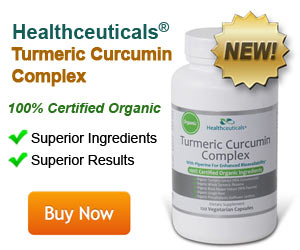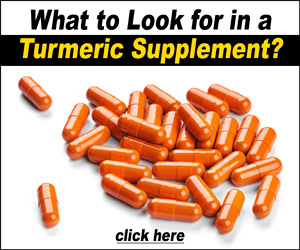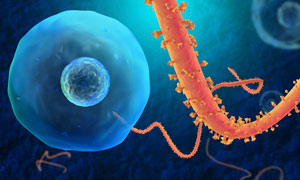
Herbal Help for Ebola
- How Does Ebola Infect a Cell?
- Proteins Involved in Ebola
- What Makes Ebola so Dangerous?
- Effects of Turmeric
- Would Turmeric Increase Bleeding?
Ebola is a filovirus related to the Marburg virus. Of the 5 known species of Ebola, 3 infect humans (including Zaire ebolavirus, the species behind the 2014 outbreak). Ebola causes life-threatening hemorrhagic fever in up to 90% of people infected by it. Transmission of the virus appears to be limited to direct contact with the virus. However, once transmitted the virus is extremely infectious and fatal in many people. (v.225)
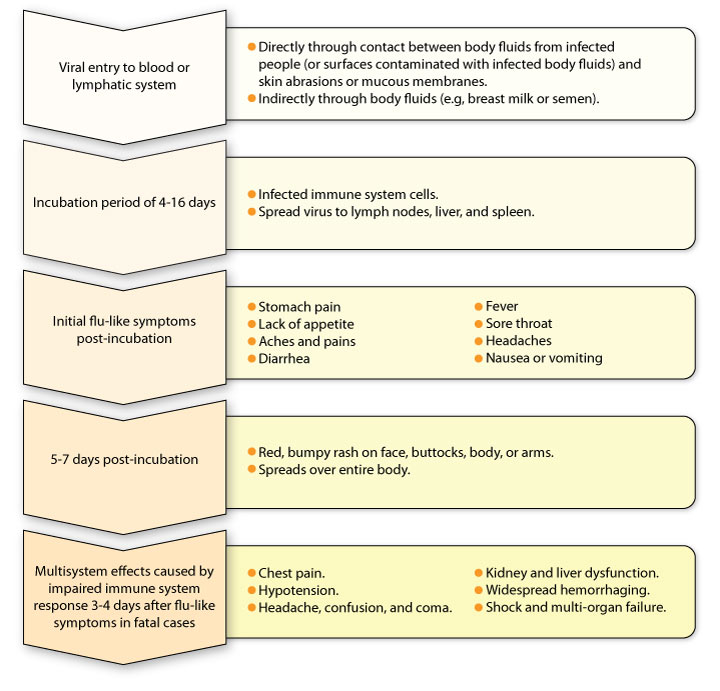
Figure V.5: Progressive Symptoms of Ebola Infection (v.225-226)
Currently there isn't any treatment to cure Ebola. Care is limited to treating the symptoms. Readily available drugs can't stop Ebola from infecting and replicating in cells. Even antiviral drugs (such as ribavirin) that work against similar viruses don't work well when given to Ebola patients. (v.227-229)
Ribavirin may have some preventative effect after minimal exposure to the virus. However, it frequently causes adverse side effects. Ribavirin is also considered a category X drug for pregnant women. (v.228, 230)
As the world struggles to contain and find drugs to treat or prevent Ebola infection, there might be a spicy solution right in front of us. Research suggests compounds in turmeric and turmeric compounds may be able to inhibit Ebola infection. (v.53, 225, 227, 229, 231)
How Does Ebola Infect a Cell?
Knowing how a virus infects a cell is the key to understanding how to block how infectious it is. Ebola first targets immune system cells. Typically these are the dendritic cells, macrophages, natural killer cells, and monocytes. (v.232-233)
The interaction between proteins in the virus and within human cells allow the virus to fuse to cell membranes, infect it, and then replicate and spread to other cells. (v.232)
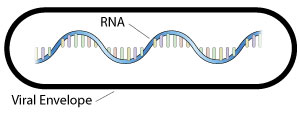
Figure V.6: Simplified Ebola Virus Structure
Ebola's structure can basically be described as an RNA molecule (which contains the virus' genetic material) surrounded by a viral envelope: (v.232)
Scientists know that Ebola's viral envelope first binds to the cell wall. The cell encloses it within a membrane, creating an endosome: (v.232)
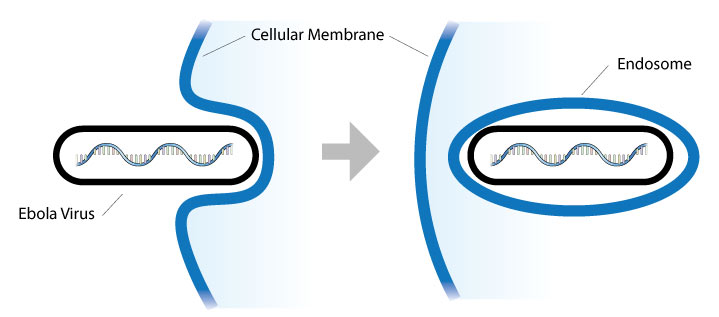
Figure V.7: Ebola Enters Cell Forming Endosome
An endosome can be described as a capsule that contains the virus. It sequesters the virus inside the cell: (v.232)
What happens next is crucial to Ebola's infectivity in most cases. The interaction between specific virus glycoproteins and enzymes in the endosome eventually lead to the fusion of the viral envelope with the endosome membrane. This releases the Ebola's genetic material into the cell, where it can replicate and spread: (v.232, 234)
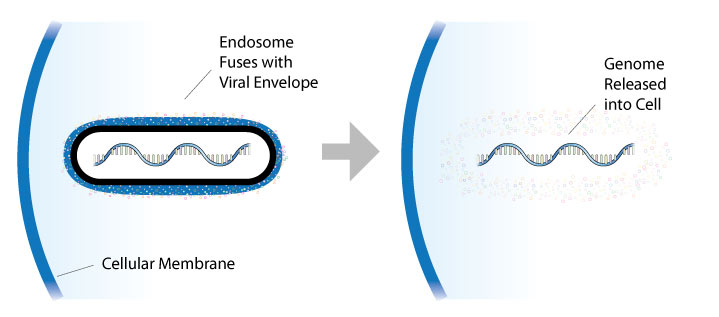
Figure V.8: Fusion and Release of Ebola Genome into Cell
Proteins Involved in Ebola
The enzymes that Ebola uses in the final steps of infecting cells are cathepsins (B and L). Experiments show that FDA-approved drugs that block cathepsin B also show antiviral activity against the Zaire strain of Ebola. Researchers say this suggests non-toxic inhibitors of cathepsin B could be an effective way to help stop the spread of Ebola inside the body. (v.232, 235)
Some researchers have shown that other types of Ebola don't depend on cathepsins in order to replicate. Additionally, results of one animal study using a version of Zaire ebolavirus adapted to mice suggest that cathepsin B may not always be necessary. However, scientists say it is still an important factor in most Zaire-type Ebola cases. (v.236)
Other proteins and enzymes critical to Ebola ability to infect cells and spread throughout the body include:
- Virus envelope glycoproteins that bind to the cell in order to enter it. (v.227)
- HSPA5 (also known as heat shock 70 kDa protein 5, or BiP) — a protein essential to virus survival and entry of viruses into cells. (v.237-238)
- PI3 kinase and CAMK2 — enzymes important in both virus infection and cancer. (v.227)
- Hijacking and manipulation of cell protein-sorting mechanisms by the virus to help promote its replication. (v.239)
- Enzyme complexes (such as IKK-β2) that viruses use to deregulate the immune system response and promote infectivity and replication. (v.240-241)
What Makes Ebola so Dangerous?
Once infected, the body naturally releases an immune system attack on the invading virus. This can quickly become an out-of-control inflammatory response which causes most of the dangerous and even fatal effects of infection. (v.225, 230)
Effects of Turmeric Compounds
Turmeric compounds could also reduce Ebola's more harmful effects in the body. Scientists say that substances such as nutrients or drugs that can help boost immune system function and control this response may be able to limit its most harmful outcomes. Compounds in turmeric (e.g., curcumin, vitamin C, and vitamin E) have anti-inflammatory and immune-system regulating effects. (v.73, 176, 193, 242)
Turmeric compounds have not been tested directly against Ebola. But they have shown effectiveness in preclinical and clinical studies against similar viruses. These include enveloped viruses (e.g., coxsackievirus B3, herpes, hepatitis C, HIV, influenza, and pseudorabies) and viruses that cause hemorrhagic fever (Rift Valley Fever virus). Studies show that turmeric and its compounds can affect cathepsin and other factors (such as IKK-β2) that promote how infectious or harmful Ebola is. (v.231, 240)
Will Turmeric's Anticoagulant Properties Make Hemorrhaging Worse?
Viral hemorrhagic-fever infections (such as Ebola) cause abnormal bleeding. But this isn't due to blood thinning. On the contrary, the abnormal bleeding is related to impaired coagulation and blood vessel function. (v.229)
Thrombin is necessary to convert fibrinogen to fibrin (proteins for coagulation). Research indicates abnormally high levels of these proteins are found in Ebola infected monkeys and humans. In fact, in studies with Ebola-infected monkeys administering anticoagulant medication actually improves chances of survival. (v.229)
Heparin (a common anticoagulant drug) worked in a couple of people infected with Marburg virus. However, it didn't work with a person infected with Zaire ebolavirus during the 1976 Ebola outbreak. The curcumin compounds in turmeric may actually work better than heparin because they target other pathways. (v.229)
Scientists suggest that compounds that block procoagulant pathways in the body may be more effective than those targeted by drugs such as heparin. Multiple studies show that curcumin from turmeric fills the bill. Curcumin regulates both intrinsic and extrinsic prothrombin activation pathways. (v.229, 243)
Join the 1000s of People Who Are Discovering the Benefits of Turmeric.
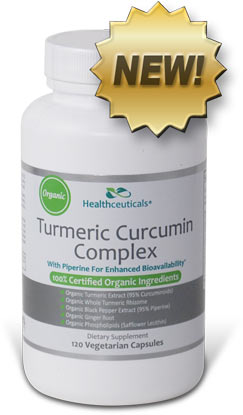
Healthceuticals® Turmeric Curcumin Complex
100% Certified
Organic ingredients
- Organic Turmeric Extract - standardized to 95% curcuminoids.
- Organic Whole Turmeric - provides full spectrum antioxidant, anti-inflammatory turmeric benefits, including turmerones and numerous vitamins, minerals, and phytonutrients
- Organic Black Pepper Extract - standardized to 95% piperine; dramatically enhances bioavailablity.
- Organic Phospholipids - markedly improve absorption.
- Organic Ginger - works synergistically with turmeric to provide more powerful benefits.
- Absolutely FREE of potentially harmful additives and fillers such as magnesium stearate.




